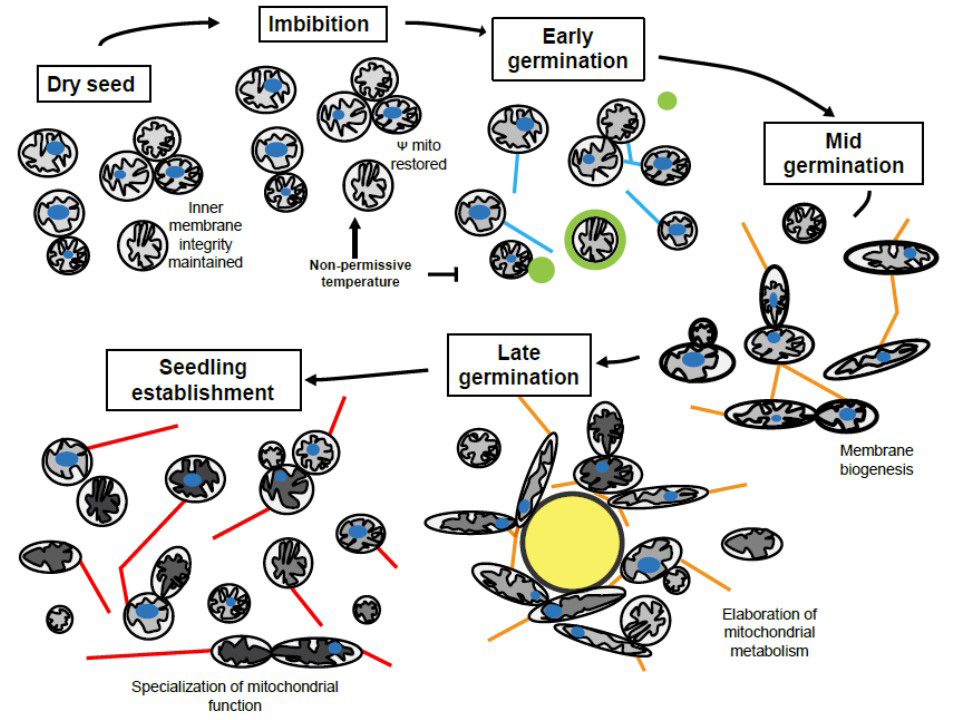
Mitochondrial dynamics during germination
Plant Science Research Weekly, Research0 Comments
/
A seed undergoes a dramatic transformation from dried tissues into a mature plant. This change requires energy produced by oxidative metabolism, but dry seeds contain dormant promitochondria that need to be reactivated. Paszkiewicz et al. use bioimaging tools for an in vivo analysis of seed mitochondria…
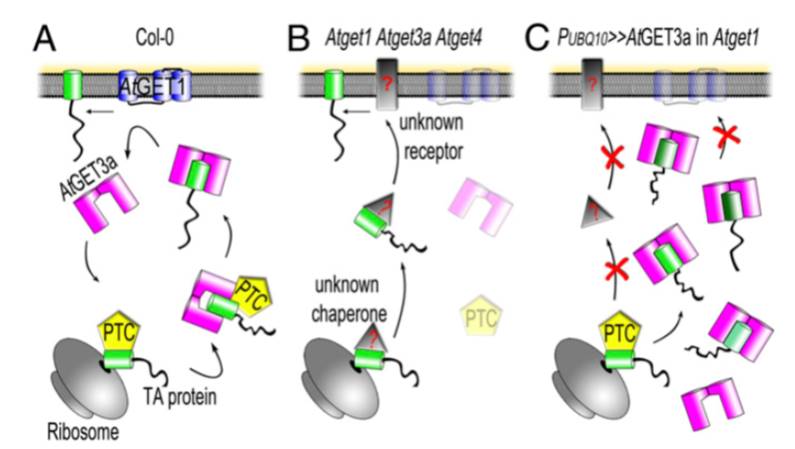
GET with it: Targeting of tail-anchored proteins via the GET system
Plant Science Research Weekly, ResearchStudents learn that membrane proteins are inserted into the endoplasmic-reticulum (ER) membrane co-translationally, but this mechanism does not hold for so-called tail-anchored (TA) proteins which carry a single C-terminal membrane spanning domain and insert into the ER membrane post-translationally.…
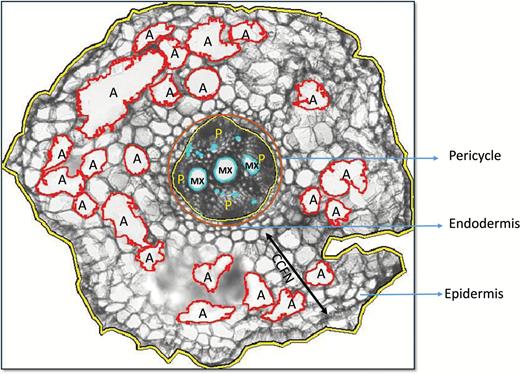
Root xylem plasticity to improve water use and yield in water-stressed soybean
Plant Science Research Weekly, ResearchRoot architecture and anatomy contribute to water uptake efficiency and plant performance under water-limitation. Prince et al. explored root anatomy in a panel of soybean, and identified metaxylem number as a key trait influencing performance under water-limiting conditions. Increases in metaxylem number…
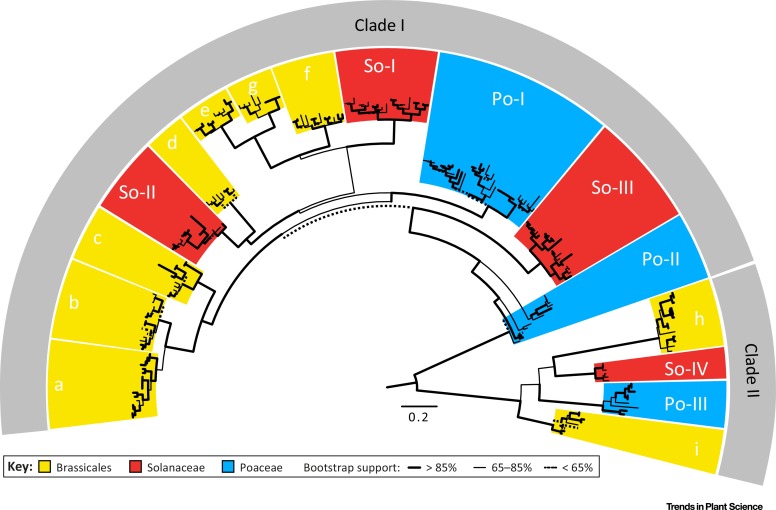
Opinion: ATG8 expansion as a driver of selective diversification of autophagy? ($)
Plant Science Research Weekly, ResearchAutophagy is a process of selective membrane trafficking that delivers cargo to the vacuole or plasma membrane for recycling or secretion. ATG8 is a small ubiquitin-like protein that is required for formation of the double-membrane enclosed autophagy vesicle, the autophagosome. The ATG8 gene family has…
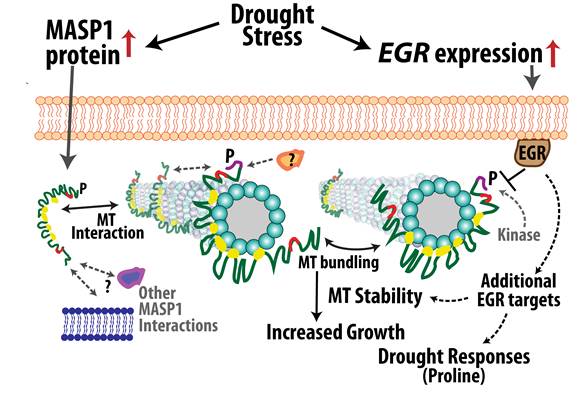
Fine-tuning plant growth in the face of drought
Research, The Plant Cell, The Plant Cell: In BriefIN BRIEF by Kathleen L. Farquharson [email protected]
Limiting shoot growth is an important survival strategy for plants during times of drought; smaller leaves mean that less water is lost through transpiration and more is retained in the soil. As drought stress restricts both cell division and…
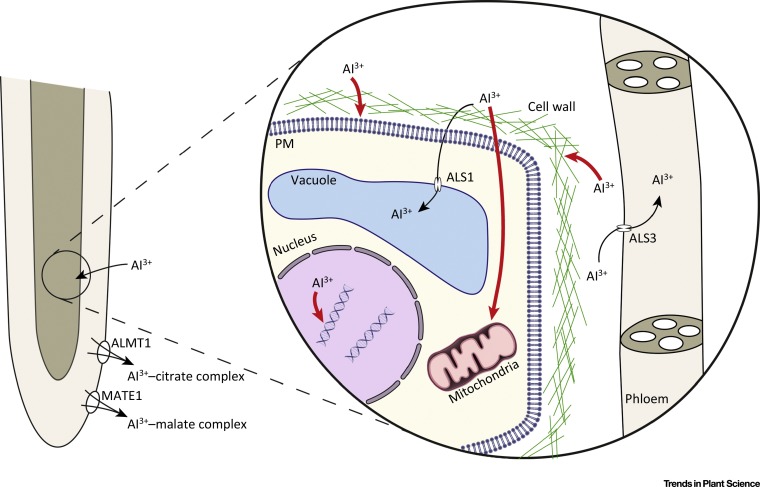
Review: DNA Checkpoints and Aluminum Tolerance ($)
Plant Science Research Weekly, ResearchAluminum (Al) toxicity is an important agricultural problem, limiting crop production globally. Al toxicity causes a reduction in nutrient uptake, resulting in nutritional deficiency and leading to an overall reduction in shoot biomass and crop yield. Eekhout et al. discuss Al toxicity and strategies…
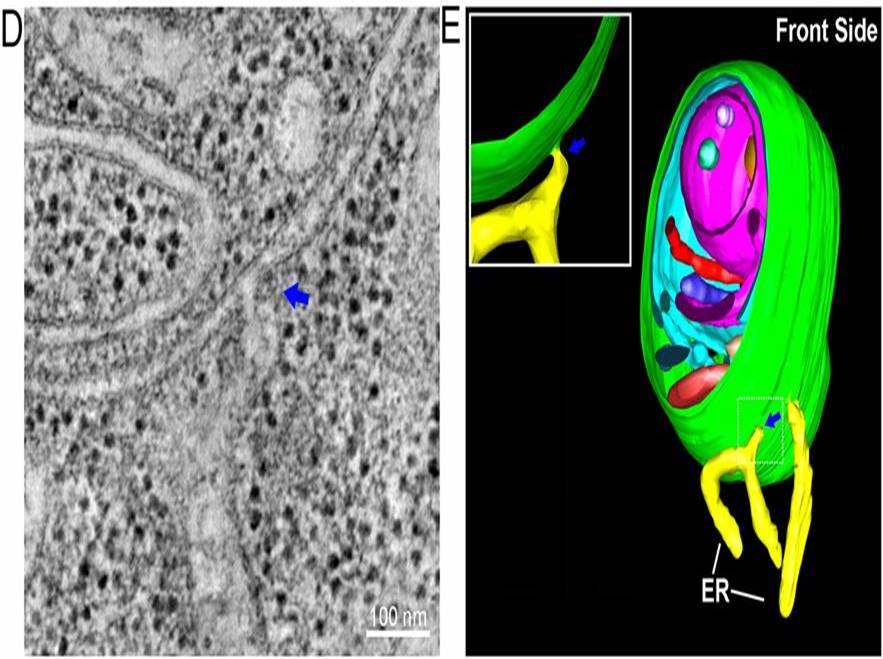
ATG9 regulates autophagosome progression from the endoplasmic reticulum
Plant Science Research Weekly, ResearchThe autophagosome, a cellular compartment involved in the turnover of macromolecules, contributes to nutrient homeostasis, stress resilience and defense. Although several proteins have been identified as contributing to autophagosome formation and function, the precise origins of the autophagosome have…
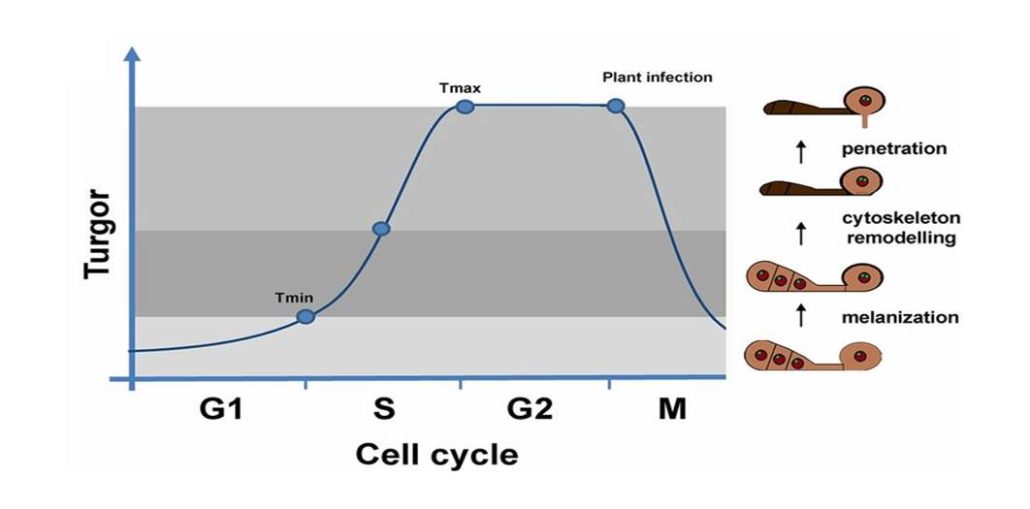
S-phase checkpoints regulate appressorium-mediated plant infection by rice blast fungus
Plant Science Research Weekly, ResearchThe rice blast fungus Magnaporthe oryzae causes a devastating disease of rice that can reduce harvests by 30%. Infection of plant tissues by the fungus requires the formation of an appressorium, a specialized structure that builds up sufficient pressure to burst through the plant cuticle. Previous work…
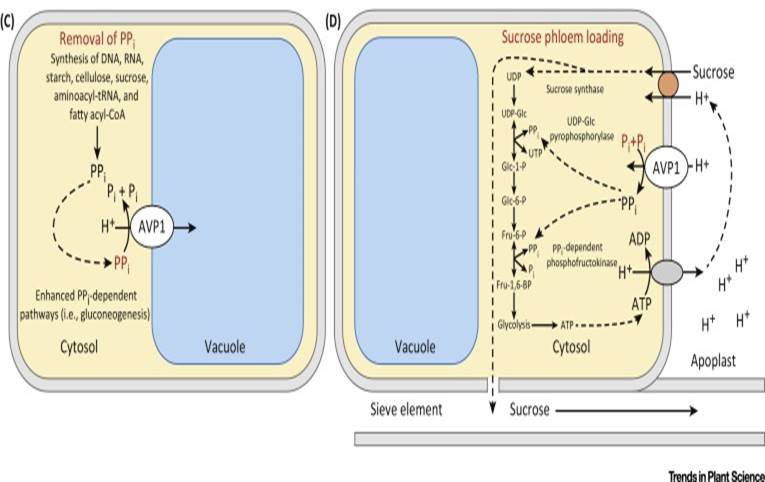
Review: The many roles of AVP1, a H+-PPase ($)
Plant Science Research Weekly, ResearchThe AVP1 gene encodes a proton-pumping pyrophosphatase (H+-PPase) localized to the vacuolar membrane, which means that it pumps H+ into the vacuole using energy stored in pyrophosphatase (PPi). The direct consequences of its action are the acidification of the vacuole and the removal of PPi from the…

